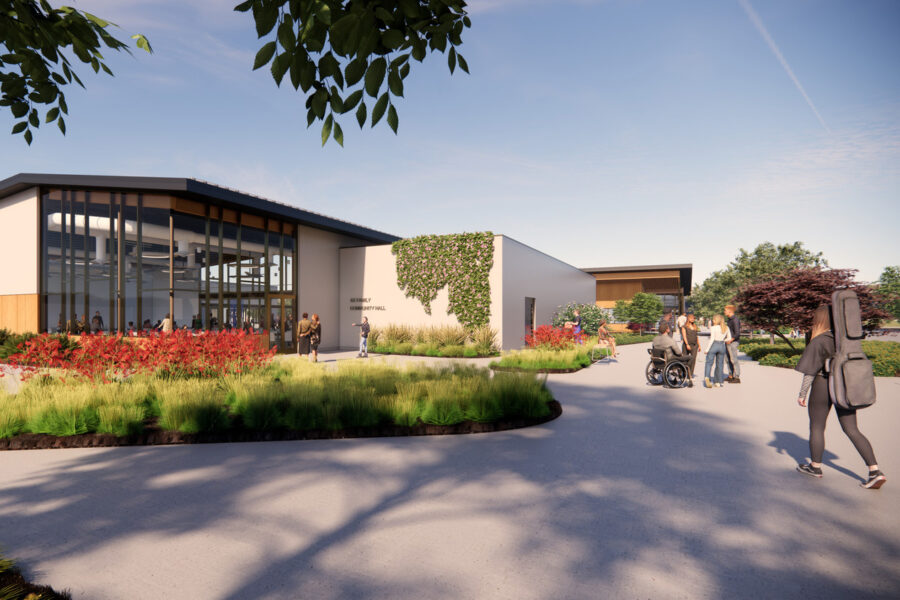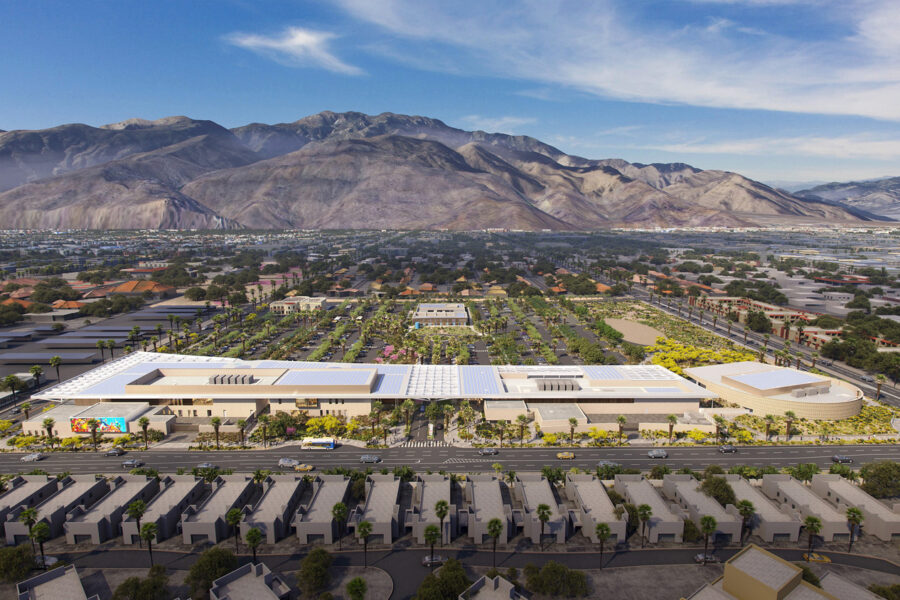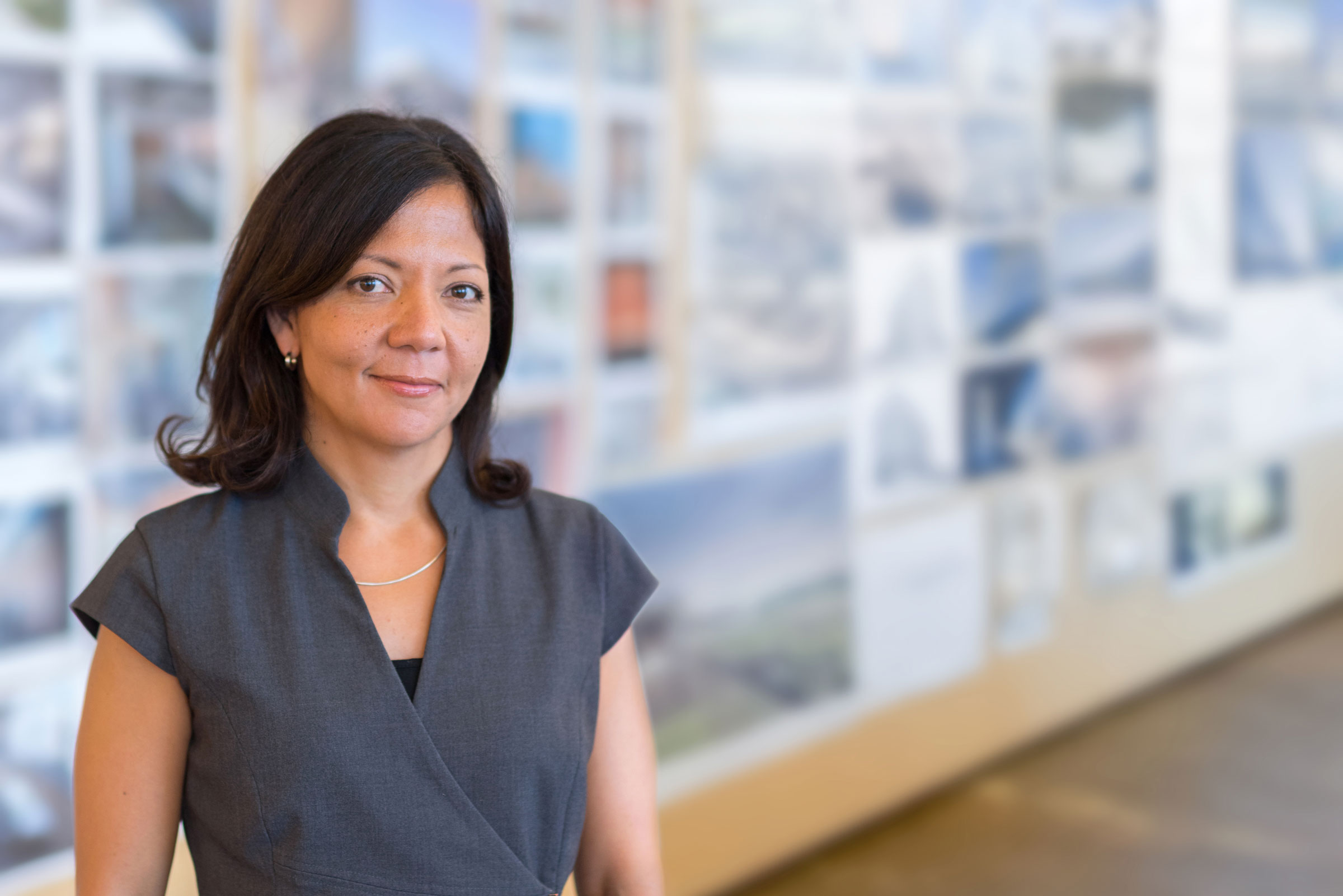Story at a glance:
- Lilian Asperin joined WRNS Studio in 2015 and became a partner in 2018, where she continues to push the needle around designing for equity.
- The architecture and planning firm has offices in San Francisco, where Asperin is based, Honolulu, New York, and Seattle.
- Projects like a planned community center in Gonzales, California considered a lot of input from young people in the community.
When Lilian Asperin, partner at WRNS STUDIO, sits at the table in an early project meeting, she wants to hear from more people—to really hear from them. “In managing projects I feel like we can’t rush the earlier phases as much as people might have assumed. We have to pause and listen and invite more conversation,” she says.
It’s no longer enough to do a few things or follow a LEED checklist, Asperin says. Architects and designers need to dig in to uncover things they didn’t even know were needed. The result can make for truly great projects with long-lasting impacts—not just for the built environment, but for building occupants, too.
The Dennis & Janice Caprara Community Center in Gonzales, California is a project with a lot of lessons to share already. The WRNS Studio team visited Gonzales—a city of about 8,500 residents, mostly Latinx with a large demographic of residents under 19—to find out what they needed from the project early on. Asperin says where some architects might have simply talked to community leaders about the project, WRNS Studio wanted face time with those who’d actually use the community center—the youth.

A planned community center in Gonzales, California considered a lot of input from young people in the community. Rendering courtesy of WRNS Studio
First the team considered how to engage in a way that made the young people feel they could really share their thoughts. “Who’s going to be involved in this community? Older generations of people don’t have all the answers, and they’re not living the kinds of lives the youths are living right now,” Asperin says. “In this community in particular the youth are really active. They have a youth council, and they consider themselves ambassadors. They have this sense of responsibility.”
WRNS Studio went to their high school at lunch to learn more about their priorities. They designed all of their questions in Spanish and English, and Lilian and her colleague Raul Garduño, also a partner at the firm, could talk with students in both languages, too. They engaged in various formats to encourage more participation.
Asperin says considering who is invited to a design conversation and how they’re engaged is critical to getting helpful feedback. “Invite others and engage in ways that are welcoming. Speak a language they feel comfortable with,” she says. “There was no shortage of opinions once we asked. I could see it in their faces, like, ‘No one’s really asked us, and no one’s bothered to ask us in a way that makes us feel like we can speak broadly in a safe space about things we really care about.’”
Who else is not here who we should be hearing from to feel like everybody’s represented?
The conversation just so happened to build upon community surveys students did during the pandemic around anxiety, health and well-being, and feelings of isolation. They decided these should be priorities, as well as quiet spaces with access to nature and flexible space where they could do yoga one day or work on college applications together the next.

Lilian Asperin works with colleagues at WRNS Studio. Photo courtesy of WRNS Studio
“They wanted this room that could flex according to the things that could potentially be stressors for them, to create community around them,” Asperin says. “It was interesting because they were still churning on what they discovered about themselves and their needs during the pandemic and how to make that more of a mainstream event. We all need a place to be, to relax. We all feel better when we can look at green and see daylight. They’ve internalized wellness into physical spaces. They were telling us, ‘Please make it as flexible as possible so we can have a range of opportunities that all feel good to us.’” The project broke ground in spring 2024.
Having people on the ground that the students could relate to was also key. Asperin says the students wanted to hear more about how she and her colleagues found themselves in these careers. “They wanted us to tell our life stories—where we were born and how we made decisions about college and how that’s translating into working,” she says. “In some ways designing for equity is like designing for my people. We’ve never really been a majority. We’ve never really been asked questions. I am really compelled to ask, ‘Who else is not here who we should be hearing from to feel like everybody’s represented?’”
In engaging the students they also shared with them what it’s like to be an architect, as well as what it’s like to partner with a builder who is from Monterey, the next town over, for example, and the importance of creating such opportunities. “We wanted to show them you can have a career and a profession that is around design and construction. They wanted to know more about us because it’s rare that a lot of people have these career pathways or aspirations.”

Also designed by WRNS Studio, the Palm Springs Development Project is student-centric and community-rich, featuring a variety of teaching and learning opportunities rooted in discovery for a diverse group of learners. Rendering courtesy of WRNS Studio
Asperin herself was born and raised in Puerto Rico. “Licensed architects are mostly white, frankly. Hispanic women architects make up 1% of the population of licensed professionals. As a Latinx person, I am part of the 1%. There were not too many of us women going through architecture,” she says.
A big part of equity is about opportunity, and Asperin says the AEC industry has the power to really make a difference. “Committing to equity is not just designing. It’s designing a sort of infinite loop of opportunity. And yes, we’ll design and build it, but how does it enable more opportunities that are broader in reach for longer?” she asks. “That to me is equity—having things in place that are really supportive, restorative, inspiring, and, in the best of worlds, really life-changing. How do you design places where people feel like they belong and they’re supported, and they’re not an exception? They’re seen in their full selves.”




